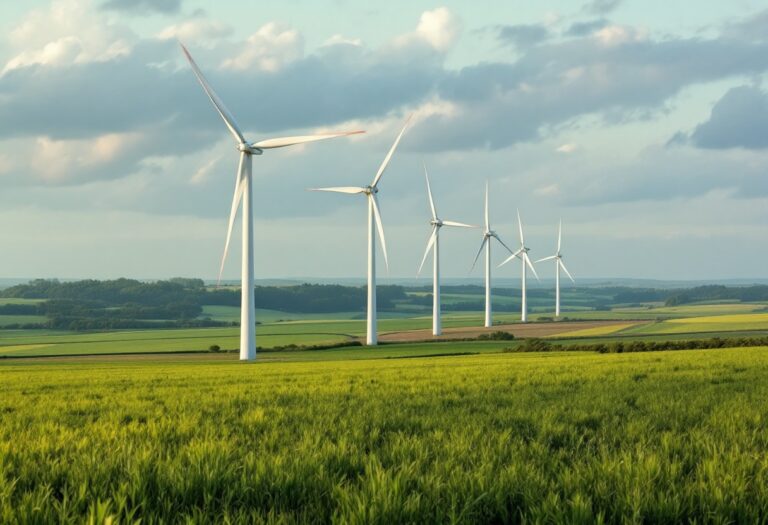Exploring the critical decisions facing farmers and landowners regarding wind turbines

Topics covered
Understanding the medium-scale wind energy landscape
Medium-scale wind energy projects, typically defined as those with a capacity between 100 kilowatts (kW) and five megawatts (MW), have played a significant role in the UK’s renewable energy landscape. Many of these projects are now over a decade old, and as they approach the end of their operational lifespan, farmers and landowners face a critical decision: should they repower, refurbish, or retire their turbines? This dilemma is compounded by the fact that the financial incentives that once supported these projects, such as the Feed-in Tariff (FiT) and the Renewables Obligation (RO), are no longer available.
The economic implications of aging wind turbines
As medium-scale wind projects transition beyond their initial 20-year contracts, owners are left to navigate a challenging economic landscape. While electricity generated can still be sold at market rates, the absence of guaranteed payments makes significant investments in refurbishment or repowering increasingly difficult to justify.
Without a long-term power contract, financing such investments becomes a daunting task, leading many to consider the potential retirement of their turbines. This decision not only affects the owners but also has broader implications for rural economies that have come to rely on the income generated by these projects.
Upcoming seminar to address key issues
To help address these pressing concerns, a seminar titled ‘Prospects for Medium Scale Onshore Wind’ is set to take place in Perth. Organized by industry experts Mark Jennison and Colin Anderson, the event aims to bring together farmers, landowners, and stakeholders to discuss the future of medium-scale wind technology. With a lineup of experienced speakers, the seminar will cover essential topics such as turbine technology, financing options, and planning issues related to grid connections. This gathering presents a valuable opportunity for those involved in medium-scale wind projects to gain insights and share experiences.
The role of community-owned wind projects
Community-owned wind projects have emerged as a vital component of the medium-scale wind sector, providing not only renewable energy but also economic benefits to local communities. For instance, the Baile an Truseil wind farm on the Galson Estate in the Outer Hebrides has become a transformative asset for the area, funding employment and social programs for residents. Such projects highlight the potential for medium-scale wind energy to contribute to rural development, even as the sector faces uncertainties regarding future support and policy.
The future of medium-scale wind energy in the UK is fraught with challenges, yet it also presents opportunities for innovation and collaboration. As farmers and landowners weigh their options, the decisions made in the coming years will significantly impact not only individual projects but also the broader renewable energy landscape. Engaging in discussions at events like the upcoming seminar will be crucial for stakeholders looking to navigate this complex terrain and secure a sustainable future for medium-scale wind energy.




